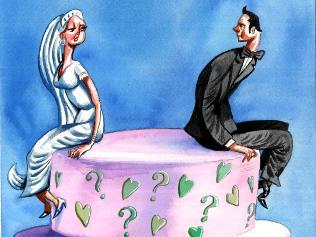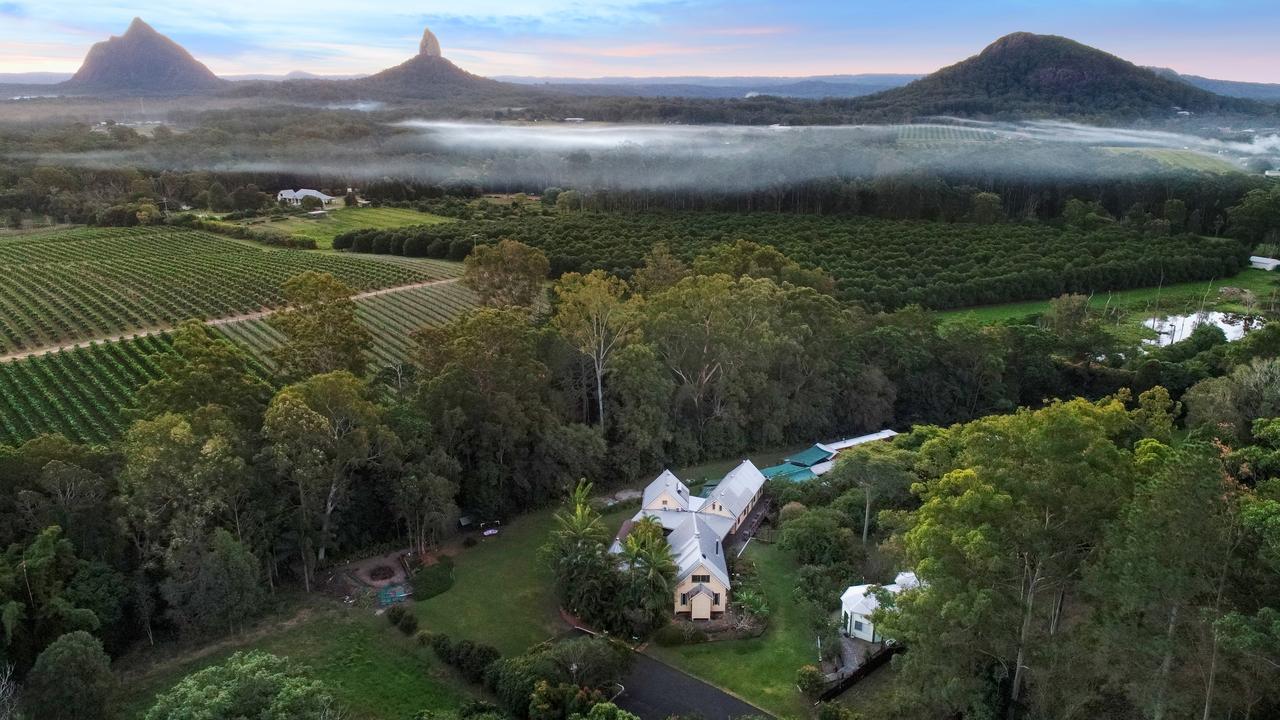Marriage is not what it used to be
THE fact that the current occupants of The Lodge are unmarried and that this is a non-issue is a sign that there has been a shift in social mores.

THE fact that the current occupants of The Lodge are unmarried and that this is a non-issue is a sign that there has been a shift in social mores.
The phrase "living in sin" is regarded as an anachronism of the 1950s. But if over 40 years the institution of marriage can shift from being central to relationship formation, and consummation, then what might marriage look like in the 2020s and beyond?
Marriage has been in retreat for decades to the extent that it covers fewer years in the life cycle. In 1971 the average age of first marriage for an Australian woman was 21; she was a baby boomer born in 1950. She would have announced her engagement on her 21st birthday (for fear of being "left on the shelf"). Today the average age at first marriage for an Australian woman is closer to 29.
And, in fact, if you were today to announce your engagement on your 21st birthday, some people might describe you as a "loser". You should have completed tertiary education, paid off HECS, travelled overseas, established and developed a career, and had a few relationships before making a final selection just on the right side of 30.
I think marriage is retreating from the 20s in order to form a protective seal around the 30s, where the main purpose of the institution now resides. It acts as a surety against default by a partner with the arrival of children.
This means that the decade after leaving secondary school has had to be redefined by Generations X and Y. And this is precisely what they have done since the 1990s. Consider their television programs: Friends, Seinfeld, Sex and the City. No one's married, no one has kids. These are friends-based tribes designed to provide support for members while forming, dismantling and reforming relationships. The 20s is a time to filter and then select a permanent partner for affection.
The role of marriage has changed as a consequence. Couples getting married in the future will be older (in their early 30s as opposed to late 20s), more experienced (having worked in the real world), and more financially secure (meaning they might be able to afford a lavish wedding). And if the young married couple of the future have spent 14 years since secondary school following their interests and passions, chances are they might be a tad self-absorbed. And what better way for the self-absorbed to marry than with a destination wedding, where the entire family has to cough up for an airfare to Fiji to celebrate someone else's special day.
The advent of children by the mid-30s reminds those who have been without children for too long that they are no longer the centre of the universe: kids are. There could well be anxiety about adjusting to the demands of parenthood in the future. This leads to the next point about the future of marriage. It's not necessarily forever. Couples might publicly profess undying love at the wedding, but the reality is that this relationship is a lease.
The commitment is for a 10-year term with an option for another 10 should the conditions of the lease not be breached. The conditions are that the couple promise to love and honour till death unless, of course, either party, you know, totally changes. Gets fat. Loses their job. Just doesn't connect any more. This is known as an exit clause and within the idiom of the future of marriage it is an "out".
This of course leads to another phenomenon: the rise of the older single male or female who quits a relationship in the late 40s or early 50s. It would not surprise me to see a Friends-like program speaking to a new tribe of older divorcees in the 2020s.
Bernard Salt is a KPMG Partner; bsalt@kpmg.com.au; www.twitter.com/bernardsalt



